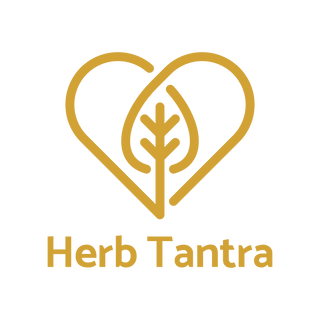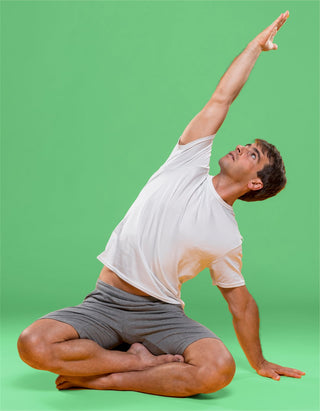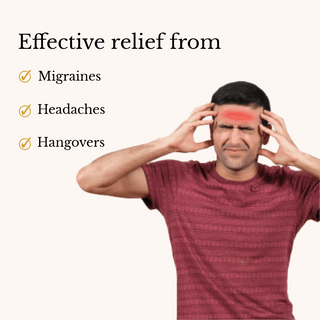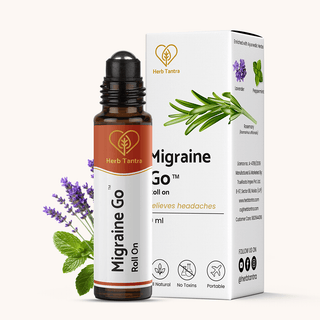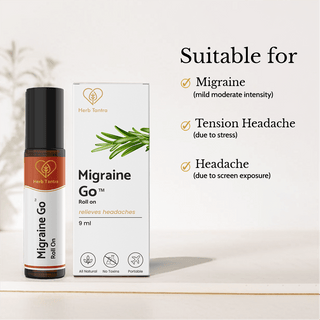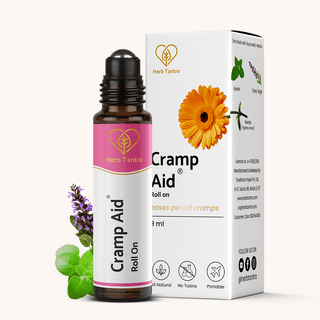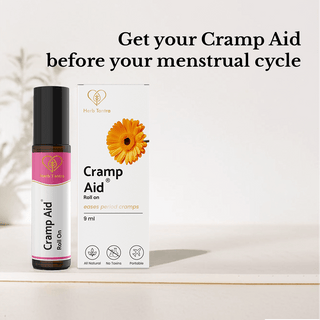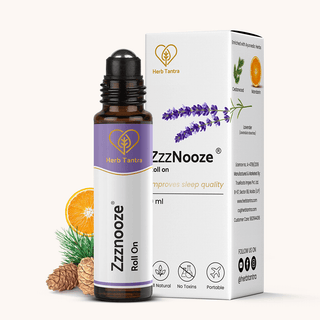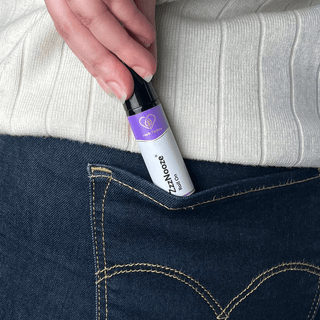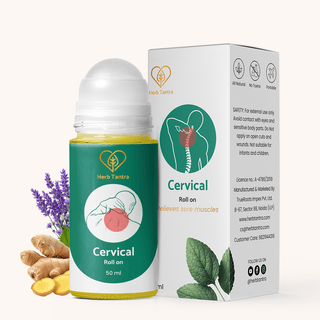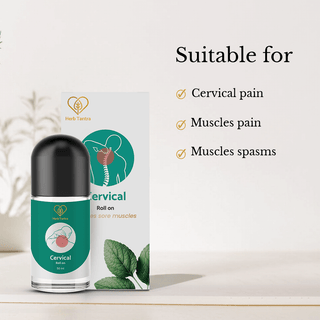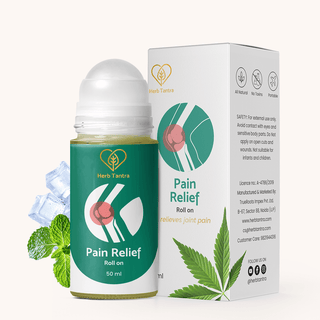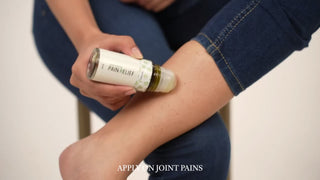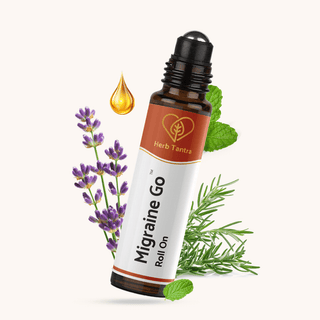Migraines can be painful and overwhelming, often disrupting your day in an instant. Many people are turning to natural remedies like acupressure to ease their migraine symptoms and reduce their reliance on medications.
In this article, we will see how acupressure works as a natural remedy, introduce key pressure points for migraine relief, and offer a step-by-step guide to self-administering these techniques for effective pain reduction.
Understanding Acupressure and Its Role in Migraine Relief
What is Acupressure?
Acupressure is a therapeutic technique rooted in traditional Eastern medicine. It involves applying physical pressure to specific points on the body—known as pressure points—with the aim of alleviating pain and promoting healing.
Unlike acupuncture, acupressure uses the fingers, thumbs, or specialized tools instead of needles. This non-invasive method is commonly used as a natural remedy to support overall health and relieve migraine pain.
How Does Acupressure Help in Alleviating Migraines?
Acupressure for migraine relief works by targeting specific pressure points that help:
-
Increase Blood Circulation. Stimulating pressure points can boost blood flow to the brain, easing tension and reducing the severity.
-
Release Muscle Tension. Applying pressure to tight muscles in the hands, feet, or head can relax those muscles, which may help decrease migraine pain.
-
Enhance Energy Flow. By unblocking energy pathways, acupressure supports the body’s natural healing processes and offers a pathway toward relief.
-
Reduce Stress. Gentle pressure can calm the nervous system, lower stress levels, and ultimately provide relief from migraine symptoms.
Key Pressure Points for Migraine Relief
Acupressure relies on finding the right pressure points. Here, we explore several key areas that can help alleviate migraine pain.
Hand Pressure Points
Many practitioners highlight the hand as a readily accessible location for acupressure. One of the most renowned pressure points is LI4, commonly known as Hegu.
Hand Pressure Points Overview
| Pressure Point | Location | Technique |
|---|---|---|
| LI4 (Hegu) | In the webbing between the thumb and index finger | Press firmly with your thumb and massage in a circular motion. |
| PC6 (Neiguan) | On the inner forearm, about three finger widths above the wrist | Apply moderate pressure along the forearm using a circular motion. |
Using these hand pressure points can offer quick migraine relief by stimulating nerve signals that interrupt pain signals. The LI4 point, in particular, is widely recognized for its ability to ease headache pain.
Foot Pressure Points
Feet contain several pressure points that can be used to reduce migraine discomfort. One notable point is Yongquan, also known as Kidney 1.
|
Pressure Point |
Location |
Benefit & Technique |
|
Yongquan (Kidney 1) |
On the sole of the foot, at the depression when the toes are curled |
Apply moderate to firm pressure with your thumb for 1–2 minutes. |
|
ST36 |
Just below the kneecap, about one inch to the side of the shinbone |
Press and gently massage to stimulate energy flow and reduce tension. |
These foot pressure points serve as natural remedies for migraine relief as they help lower overall tension and improve energy balance. Using moderate pressure for a balanced period can be highly effective.
Ear Pressure Points
The ear is another area where acupressure can yield benefits for migraine relief. Auricular therapy is gaining popularity as a non-invasive method to reduce headache symptoms.
Ear Pressure Points for Migraine Relief:
-
Auricular Shen Men: Known as the “Divine Gate,” this point helps relieve stress and anxiety, which are common migraine triggers.
-
Point Zero: Believed to restore balance by calming the nervous system, this area on the ear can promote relaxation and reduce pain.
By applying light, steady pressure on these ear points, you can help reduce tension and promote a sense of calm—both of which contribute to natural migraine relief.
Other Effective Pressure Points
Beyond the hands, feet, and ears, several other pressure points have shown promise in reducing migraine pain.
|
Pressure Point |
Location |
Key Benefits & Technique |
|
GB20 (Feng Chi) |
At the base of the skull, in the hollows on both sides of the neck |
Firm pressure with the thumbs along with circular motion helps relax neck muscles and relieve headache tension. |
|
Yintang |
Located between the eyebrows, at the midline of the forehead |
Apply gentle pressure with your fingertips; helps reduce stress and calm the mind. |
These additional pressure points, used in combination with hand, foot, and ear techniques, provide a comprehensive approach to acupressure. They work together to improve circulation and ease muscular tension, ultimately enhancing migraine relief.
Step-by-Step Guide to Self-Administering Acupressure
Learning how to self-administer acupressure properly is key to making these natural remedies work effectively at home. Follow these steps to practice acupressure for migraine relief:
-
Find a Quiet and Comfortable Space
Choose a calm environment where you can sit or lie down comfortably. Reducing external stressors can enhance the effectiveness of the treatment.
-
Identify the Pressure Points
Use diagrams or reliable online resources (such as Healthline or Verywell Health) to locate the specific pressure points discussed above. Having a clear reference can ensure you apply pressure correctly.
-
Apply Firm Pressure
Using your thumb or fingers, press the identified point with a steady, moderate force. Avoid using excessive pressure; the aim is to relieve tension, not add discomfort.
-
Massage in Circular Motions
Once you apply pressure, massage the point gently in small circular movements. Hold the pressure for 30–60 seconds at a time and repeat 3–5 times per point.
-
Breathe Deeply
Inhale slowly as you apply pressure, then exhale deeply. This helps relax the mind and body, increasing the effectiveness of acupressure.
-
Alternate Between Points
Work through each key pressure point—starting with the hands, then feet, followed by the ears and additional effective areas. Taking regular breaks between points can allow the effects to build gradually.
Tips for Maximizing Effectiveness:
-
Maintain a regular acupressure routine, especially when you feel the onset of a migraine.
-
Combine acupressure with other natural remedies for migraine relief, such as using a Migraine Go Headache Roll-On to complement your self-massage technique.
-
Practice mindfulness and deep breathing to reduce overall stress levels.
-
Use gentle massage tools if applying pressure with fingers alone.
Scientific Evidence Supporting Acupressure for Migraines
Numerous studies have explored the benefits of acupressure and acupressure-based natural remedies for migraine relief. Key findings include:
-
Improved Nerve Function: Scientific research indicates that stimulating pressure points increases blood circulation and improves nerve function, which can reduce migraine severity.
-
Reduction in Pain Intensity: Studies published on sites like Medical News Today and Healthline have observed that acupressure decreases the intensity of migraine pain through targeted stimulation of pressure points.
-
Complementary to Other Treatments: Acupressure can be used alongside traditional treatments and natural remedies to enhance migraine relief without adverse side effects.
-
Stress Reduction: Evidence supports that acupressure lowers cortisol levels (the stress hormone), thereby reducing stress-related triggers for migraines.
Conclusion
Acupressure is a valuable natural remedy that offers significant migraine relief without the need for invasive techniques. By targeting key pressure points on the hands, feet, ears, and other parts of the body, you can create a self-care routine that eases migraine pain and reduces its frequency. Embrace acupressure as part of your natural remedies toolkit and experience the benefits of enhanced relaxation and reduced pain.
Start your journey to migraine relief today by taking small, manageable steps toward a balanced diet. For specialized natural solutions that target migraine pain at its source, explore Herbtantra's comprehensive collection of pain relief products formulated with time-tested ingredients to help you reclaim your life from chronic pain.
FAQs
Q1. What pressure points relieve migraines?
Key pressure points include LI4 on the hand, Yongquan on the foot, Auricular Shen Men on the ear, as well as GB20 and Yintang on the head and neck. These points help promote circulation and relieve tension.
Q2. How does acupressure work for headaches?
Acupressure works by stimulating pressure points that increase blood flow, relax tight muscles, and improve energy flow, all of which contribute to reducing headache and migraine pain.
Q3. What is the fastest way to stop a migraine using acupressure?
Quickly applying firm, circular pressure on the LI4 (Hegu) and GB20 (Feng Chi) points can often provide fast migraine relief. Combining this with deep breathing enhances the effect.
Q4. Where should I massage to get rid of migraines?
Focus on your hands (especially the LI4 point), the sole of your feet (Yongquan), and at the base of your skull around the GB20 area. These areas are rich in pressure points that support migraine relief.
Q5. Is self-administered acupressure safe for migraine relief?
Yes, when done correctly and with moderate pressure, self-administered acupressure is a safe and effective natural remedy for reducing migraine pain. Always start gently and increase pressure as needed.
